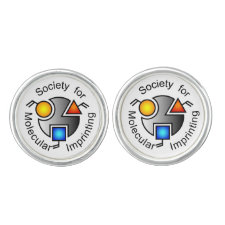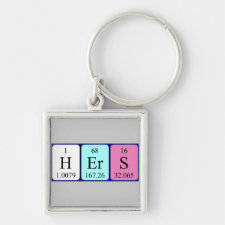
Authors: Lu Y, Li CX, Liu XH, Huang WQ
Article Title: Molecular recognition through the exact placement of functional groups on non-covalent molecularly imprinted polymers.
Publication date: 2002
Journal: Journal of Chromatography A
Volume: 950
Issue: (1-2)
Page numbers: 89-97.
DOI: 10.1016/S0021-9673(02)00058-4
Abstract: To investigate the extent of the placement of functional groups in the non-covalent molecularly imprinted polymers contributing to selectivity, three kinds of molecularly imprinted methacrylic acid-ethylene glycol dimethacrylate copolymers were prepared at higher polymerization temperature (60 degreesC) using 2-L-phenylalanylamino-pyridine, 3-L-phenylalanylamino- pyridine, or 4-L-phenylalanylamino-pyridine as a template molecule, respectively. The enantiomeric recognition performance of these molecularly imprinted polymers (MIPs) in the high-performance liquid chromatography (HPLC) mode was investigated. The polymers exhibited efficient enantiomeric resolution of the racemic mixture of their printing molecules and could hardly resolve the enantiomers of other substrates that were structurally analogous to the imprinting molecules, but different from spatial interaction sites on the polymer with the methacrylic acid residues. Our results showed that the shape and spatial orientation of functionality of imprinted binding sites were critical for recognition and the recognition properties of MIPs were greatly influenced by the minor difference of N position on the pyridine ring and caused by the distance accuracy of functional groups in the binding sites. The implication of these findings with respect of the mechanism of recognition was discussed. (C) 2002 Elsevier Science B.V. All rights reserved



Join the Society for Molecular Imprinting

New items RSS feed
Sign-up for e-mail updates:
Choose between receiving an occasional newsletter or more frequent e-mail alerts.
Click here to go to the sign-up page.
Is your name elemental or peptidic? Enter your name and find out by clicking either of the buttons below!
Other products you may like:
 MIPdatabase
MIPdatabase









